Only one American ship has been named USS Grant, but many ships were given similar names, mostly named after United States Army general and President of the United States Ulysses S. Grant.

The United States Revenue Cutter Service was established by an act of Congress on 4 August 1790 as the Revenue-Marine upon the recommendation of Secretary of the Treasury Alexander Hamilton to serve as an armed customs enforcement service. As time passed, the service gradually gained missions either voluntarily or by legislation, including those of a military nature. It was generally referred to as the Revenue-Marine until 31 July 1894, when it was officially renamed the Revenue Cutter Service. The Revenue Cutter Service operated under the authority of the U.S. Department of the Treasury. On 28 January 1915, the service was merged by an act of Congress with the United States Life-Saving Service to form the United States Coast Guard.
Three vessels of the United States Navy or United States Coast Guard have been named USS Onondaga, after Onondaga Lake and Onondaga County, New York.
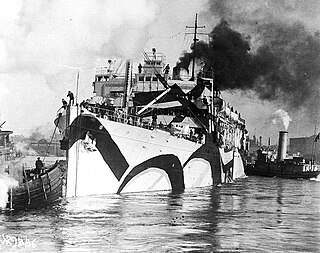
USS Orizaba (ID-1536/AP-24) was a transport ship for the United States Navy in both World War I and World War II. She was the sister ship of Siboney but the two were not part of a ship class. In her varied career, she was also known as USAT Orizaba in service for the United States Army, and as SS Orizaba in interwar civilian service for the Ward Line, and as Duque de Caxias (U-11) as an auxiliary in the Brazilian Navy after World War II.

The first USS Henderson (AP-1) was a transport in the United States Navy during World War I and World War II. In 1943, she was converted to a hospital ship and commissioned as USS Bountiful (AH-9).

USS Bancroft was a United States Navy steel gunboat in commission from 1893 to 1898 and again from 1902 to 1905. She saw service during the Spanish–American War. After her U.S. Navy career, she was in commission in the United States Revenue Cutter Service from 1907 to 1915 as the revenue cutter USRC Itasca, and in the Revenue Cutter Service's successor service, the United States Coast Guard, as the cutter USCGC Itasca from 1915 to 1922. During her Coast Guard career, she saw service during World War I.
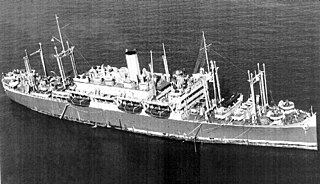
SS President Cleveland was originally built as Golden State for the United States Shipping Board (USSB), one of the planned World War I troop transports converted before construction into passenger and cargo vessels launched as Emergency Fleet Corporation Design 1029 ships first known, along with the smaller Design 1095 versions, in the trade as "State" ships due to names assigned for the nicknames of states and later as "535s" for their length overall. Almost all ships of both designs were renamed for United States presidents by May 1921, with Golden State being renamed President Cleveland. As one of the USSB-owned ships operated by agents of the board, President Cleveland was allocated to and operated by the Pacific Mail Steamship Company until sold by the USSB to the Dollar Steamship Line in 1925. After the demise of that line and creation of a new, replacement line, American President Lines, the ship remained with that line until government acquisition for the Second World War.

USS Leonard Wood (APA-12) was built by Bethlehem Shipbuilding Corporation and launched 17 September 1921 at Sparrows Point, Maryland as Nutmeg State, an Emergency Fleet Corporation Design 1029 ship intended as a World War I troop transport, but redesigned upon the armistice as a passenger and cargo ship and completed as Western World for delivery to the United States Shipping Board. The ship's acceptance on 5 May 1922 and delivery on 9 May 1922 marked the completion of the wartime shipbuilding program of the Emergency Fleet Corporation and the Shipping Board.

USS Henry T. Allen was a Harris class attack transport in service with the United States Army from 1940 to 1941. She was then transferred to the United States Navy where she served until 1946. She was scrapped in 1948. The ship was originally built as an Emergency Fleet Corporation Design 1029 ship in 1919 and operated in commercial service as Wenatchee and President Jefferson until being laid up in 1938.
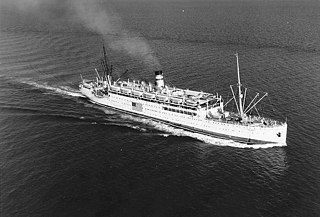
USS U. S. Grant (AP-29) was a transport ship that saw service with the United States Navy in World War II. Originally a German ocean liner named König Wilhelm II, she was seized by the United States during the First World War and renamed USS Madawaska (ID-3011) in 1917 before being renamed USS U. S. Grant (AP-29) in 1922.
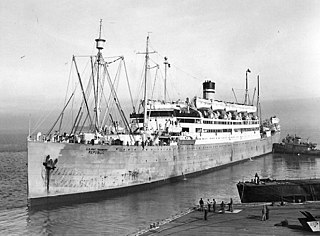
USS Republic (AP-33) was a troop transport that served with the US Navy during World War II. In World War I she served with the Navy as USS President Grant (ID-3014) before being turned over to the Army and named Republic. The ship was renamed the President Buchanan in 1921 before reverting to Republic in 1924.
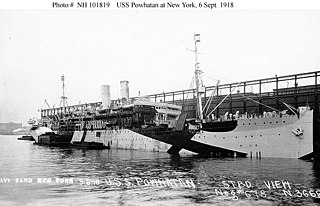
USS Powhatan (ID–3013) was a transport ship for the United States Navy during World War I. She was originally the SS Hamburg, a Barbarossa-class ocean liner built in 1899 by Aktiengesellschaft Vulkan of Stettin, Germany, for the Hamburg America Line. At the outset of World War I the ship was interned by the United States.

The Type C4-class ship were the largest cargo ships built by the United States Maritime Commission (MARCOM) during World War II. The design was originally developed for the American-Hawaiian Lines in 1941, but in late 1941 the plans were taken over by the MARCOM.
USCGC Tampa has been the name of four cutters of the United States Revenue Cutter Service and United States Coast Guard:

USRC Mohawk, was a steel steam powered revenue cutter built for the U.S. Revenue Cutter Service by William R. Trigg Company at Richmond, Virginia. Her primary duties in the Revenue Cutter Service and Coast Guard were assisting vessels in distress and enforcing navigational laws as well as a derelict destroyer. Mohawk was sunk after a collision with another vessel in October 1917.

USS General W. C. Gorgas (ID-1365) was a United States Navy troop transport in commission in 1919, named for William C. Gorgas. It was a German ship seized by the US Shipping Board after the US entered World War I. Under charter from 1917 from the Panama Railroad Company, it had carried troops and supplies to Europe. After being used as a troop transport to return troops from Europe in 1919, later that year it was converted back to commercial use as a passenger and freight ship operated by the Panama Railroad Company.

USS Arizonan (ID-4542A), also written ID-4542-A was a United States Navy cargo ship and troop transport in commission from 1918 to 1919.
USS Johnson may refer to various United States Navy ships:

Donald Bradford Beary was a vice admiral of the United States Navy. His career included service in both World War I and World War II and a tour as President of the Naval War College. He commanded a wide variety of ships and organizations, and is particularly noted for his leadership during World War II in establishing and directing a large-scale U.S. Navy training program and for his pioneering and highly successful work as a commander of U.S. Navy underway replenishment forces.